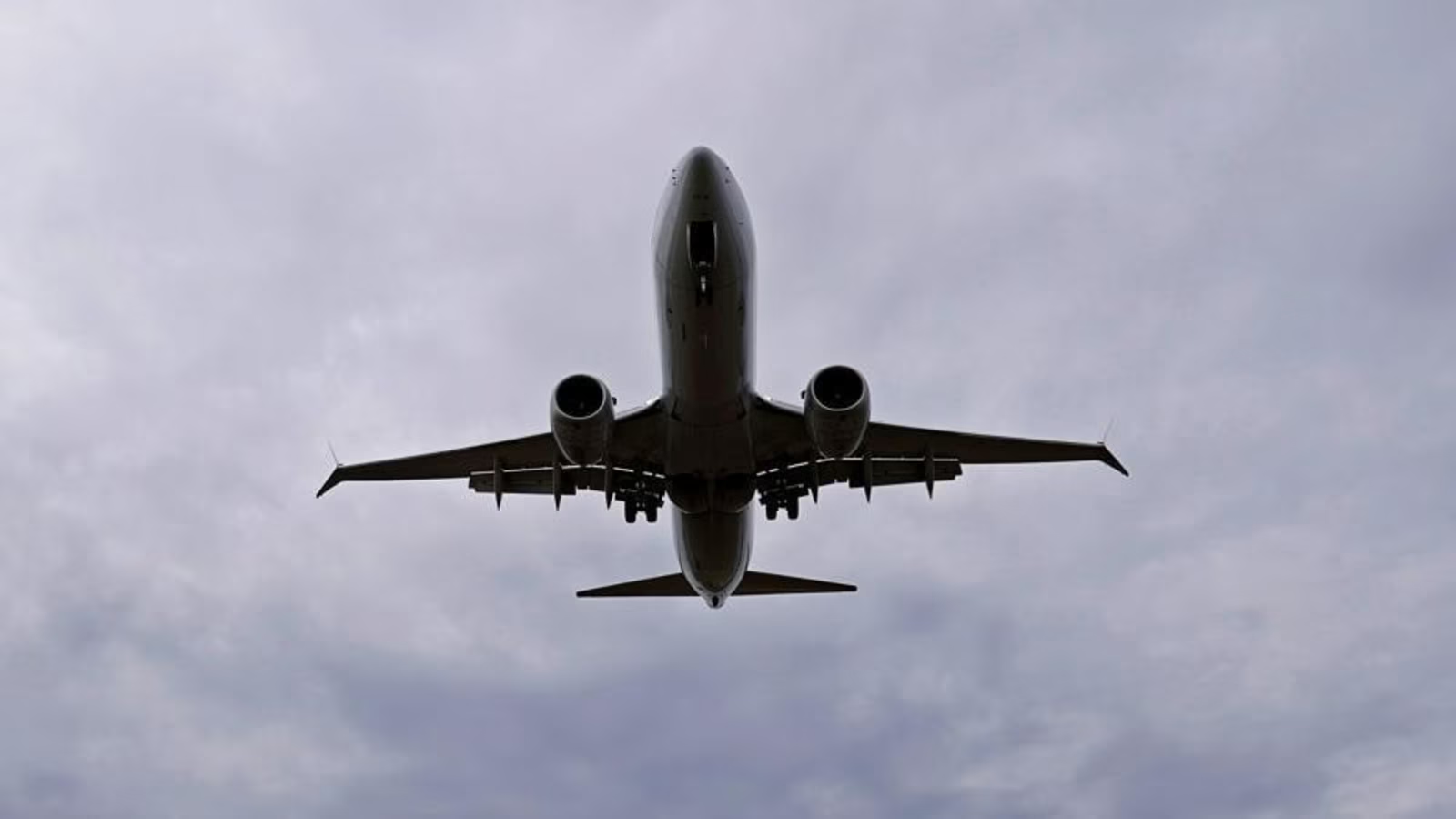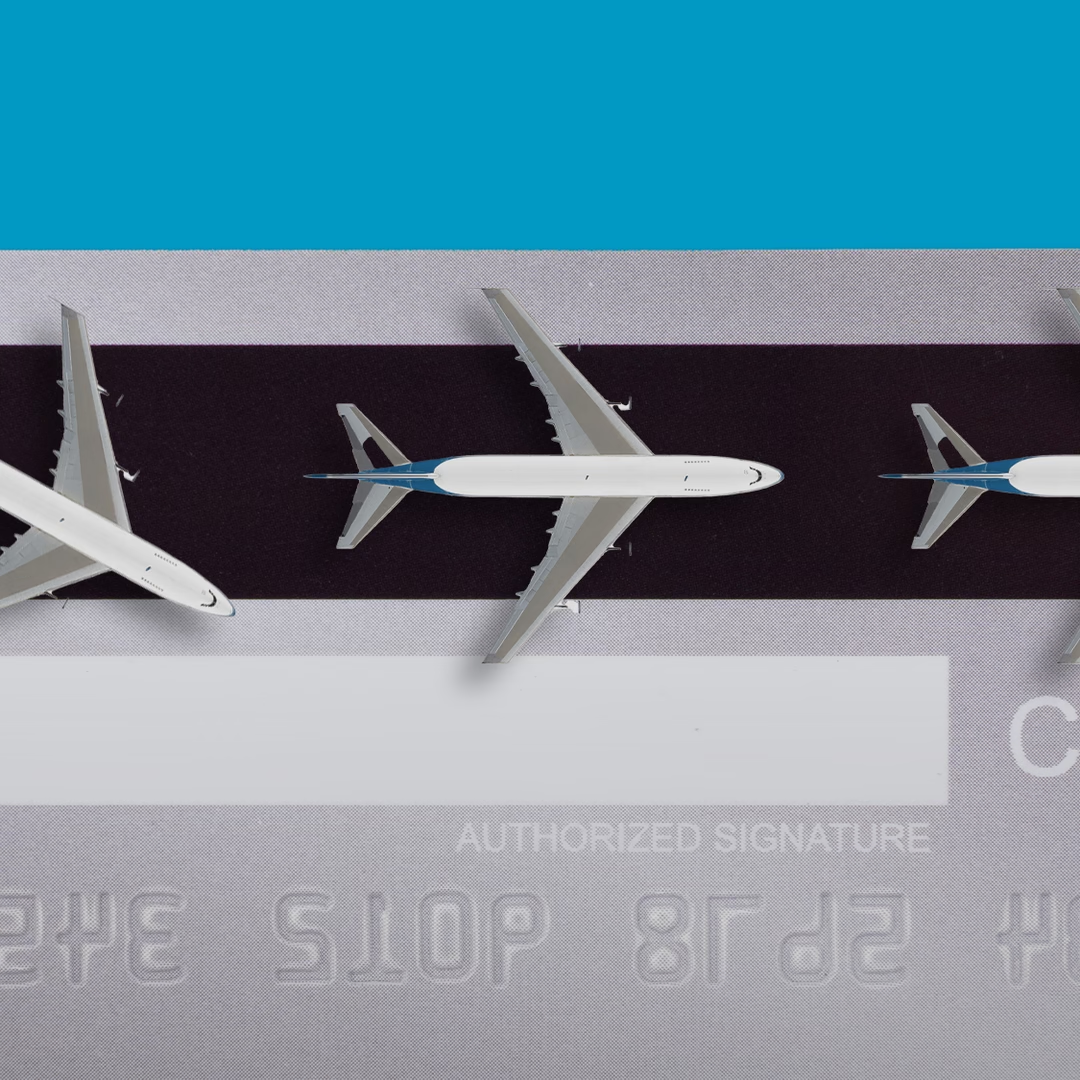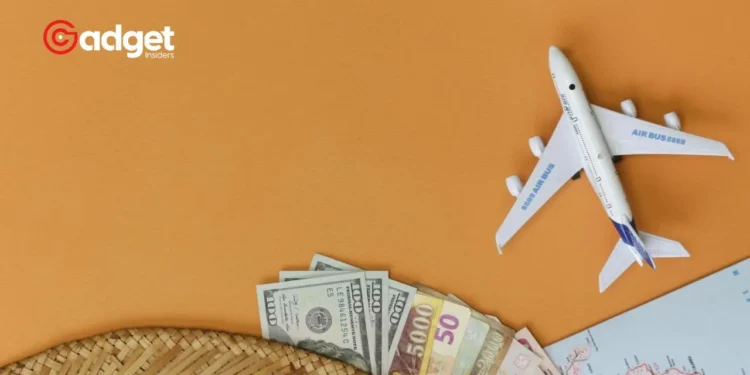Have you found yourself scratching your head at the rising costs of flights, especially when trying to book using points or frequent travel miles? You’re not alone. A recent surge in the amount of travel miles needed to secure a seat on your favorite airline has left many travelers bewildered and budget-stretched. It turns out, this isn’t just a fluke or a temporary hiccup in the industry.
According to a revealing analysis by IdeaWorksCompany, a consultancy specializing in airline revenue insights, there’s a tangible reason behind this trend that’s making your travel miles less effective than they used to be.

A Closer Look at the Numbers
The statistics are eye-opening: the cost to book a flight with miles has seen an average increase of 28% since 2019. This figure starkly outpaces the U.S. Consumer Price Index’s inflation rate of 21% during the same timeframe.
What’s driving this surge? The expansion of co-branded credit card accruals has flooded the market with miles, boosting demand and, as a consequence, pushing airlines to hike up reward prices. This dynamic shift means that flyers now need more points to claim a seat for the same journey than they did just five years ago.
In the pts world, not all redemptions are created equal. Ever wondered if you're truly getting the best bang for your miles? How do you determine that?
It's a common discussion among savvy travelers aiming to make the most of their hard-earned points 🧠https://t.co/spkAkaT42d
— Roame | Award Travel Search Engine (@roametravel) April 8, 2024
Travel Miles: The Impact on Major Airlines
Southwest Airlines (LUV) experienced the most significant jump, with the cost of redeeming a flight doubling from 7,367 miles in 2019 to an astonishing 14,484 miles for a domestic economy seat in 2024. Despite this leap, Southwest maintains the lowest entry point for flight redemptions among major carriers.
Contrastingly, at the higher end of the spectrum, United Airlines (UAL) now demands an average of 30,460 miles for a similar domestic flight. Surprisingly, American Airlines (AAL) bucks the trend, reducing its average cost from 23,700 miles to 17,820 miles, offering a silver lining amidst the general uptrend.
Beyond the Skies: The Role of Credit Cards
The pivot towards earning miles through credit card spending rather than air travel has reshaped the landscape of loyalty programs. Initially conceived in the 1980s as incentives for frequent flyers, these programs have evolved dramatically.
Today, the majority of miles are accrued not through air travel but through everyday purchases via co-branded credit cards. This shift, while financially beneficial for airlines through partnerships with banks, has led to inflation in the miles market, necessitating higher thresholds for redemption.

Navigating the New Norm
For savvy travelers, understanding these trends is crucial for maximizing the value of their miles. While the landscape may appear daunting, opportunities still exist for those willing to navigate the complexities of modern flying rewards programs.
Choosing the right credit card, staying informed about airline policies, and strategically planning travel can help mitigate the impact of these changes. In this era of inflated mile costs, staying ahead means adapting to the evolving dynamics of the travel industry.
Whether it’s leveraging airline partnerships or taking advantage of promotional offers, the key to unlocking the best travel experiences lies in understanding the forces at play.
As we move forward, the ability to navigate this new norm will not only require adaptability but also a keen sense of strategy, ensuring that the joy of travel remains within reach, regardless of the market’s fluctuations.










